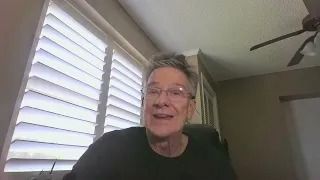Shop Your Mortgage Interest Rate With The Least Amount Of Closing Costs
There are two ways to lower your mortgage financing costs: shop your mortgage rate and manage your closing costs.
Shopping Your Mortgage Rate
Your mortgage's interest rate is the most important factor in determining how much you pay on your home loan each month. It's also one of the biggest factors determining how much of a home you can afford.
When shopping for a mortgage, there are many different types of loans available to consumers. The most common type is a fixed-rate, fixed-term loan that allows you to lock in an interest rate for the term of the loan (usually 15 or 30 years). Other options include adjustable-rate mortgages (ARMs), which allow for a lower initial rate but don't lock in an interest rate for long periods of time (usually five years or less). There are also hybrid loans that combine aspects of both fixed-rate and adjustable-rate mortgages like a 2/1 buydown.
Because there are options, you need to talk to a mortgage specialist that can educate you about each option, the pros and cons, and why one option fits your circumstances better than another option.
Managing The Closing Costs Of Your Mortgage
Closing costs are fees associated with purchasing a home, including appraisal fees, insurance premiums, and potential origination points paid at closing by either buyer or seller. Closing costs vary based on where you live and what type of property you're buying. Your terms may also determine higher or lower closing costs depending on your mortgage broker and lender.
How You Can Strategize Your Financing For The Future
As the economy shifts, the Government typically increases or decreases interest rates. Right now, we are in a state of increase. Inevitably, this too will shift, and interest rates will drop. You can find terms favorable to your financing now, knowing that in the future, you will refinance at a lower rate.
If you can get a lower rate, your payment will be lower and you'll save more money over the life of the loan. If you have an adjustable-rate mortgage (ARM), refinancing can help protect against future increases in interest rates and result in fewer payments in the long run.
Next Steps
If you are shopping for a home, call us now (727) 784-5555. We will show you all your options, not just the traditional ones.
If you have questions about mortgages and home loans, please ask using the form below.
Ask a Question
Use the form below and we will give your our expert answers!
Non QM Ask A Question
Start Your Loan
with DDA todayYour local Mortgage Broker
Mortgage Broker Largo See our Reviews
Looking for more details? Listen to our extended podcast!
Check out our other helpful videos to learn more about credit and residential mortgages.





